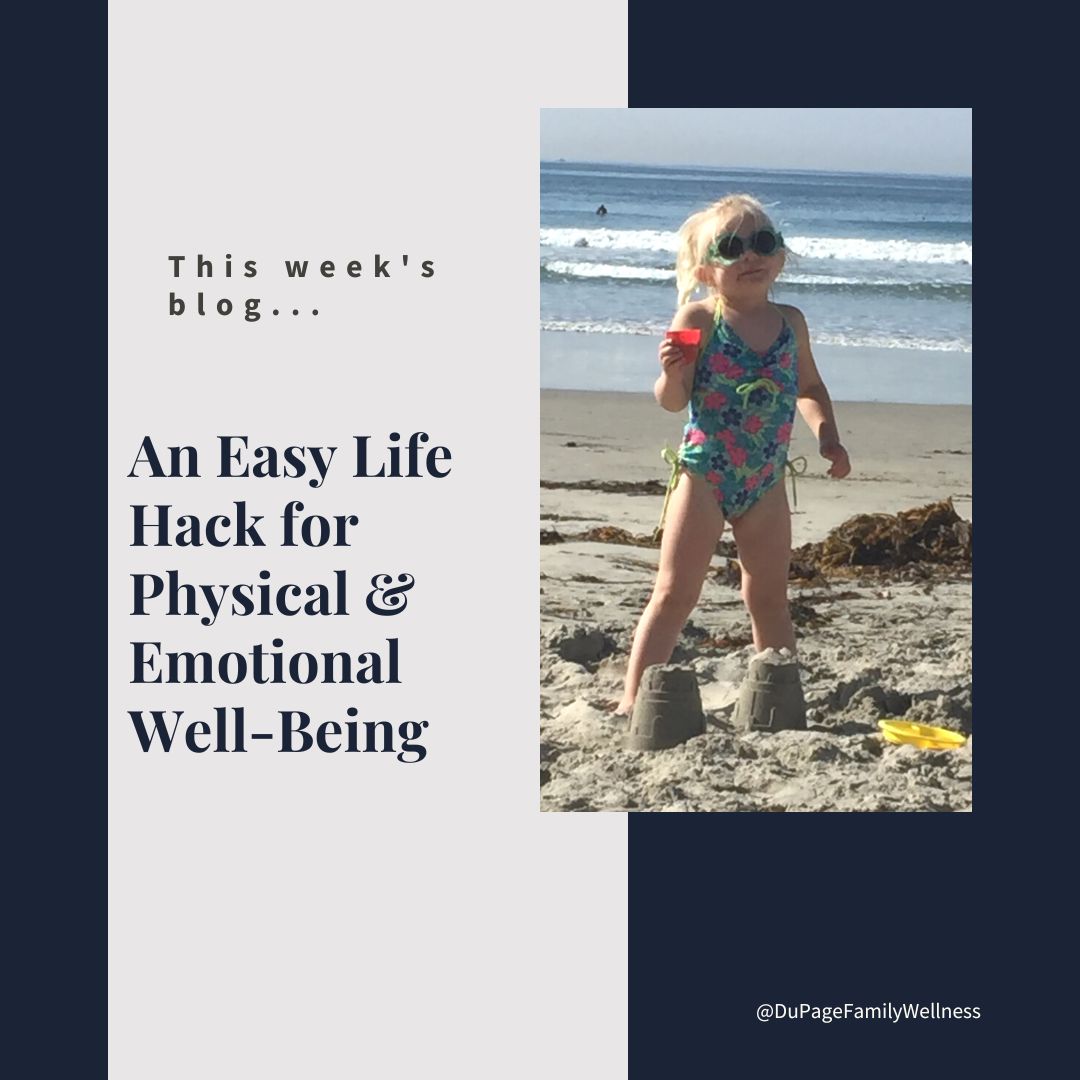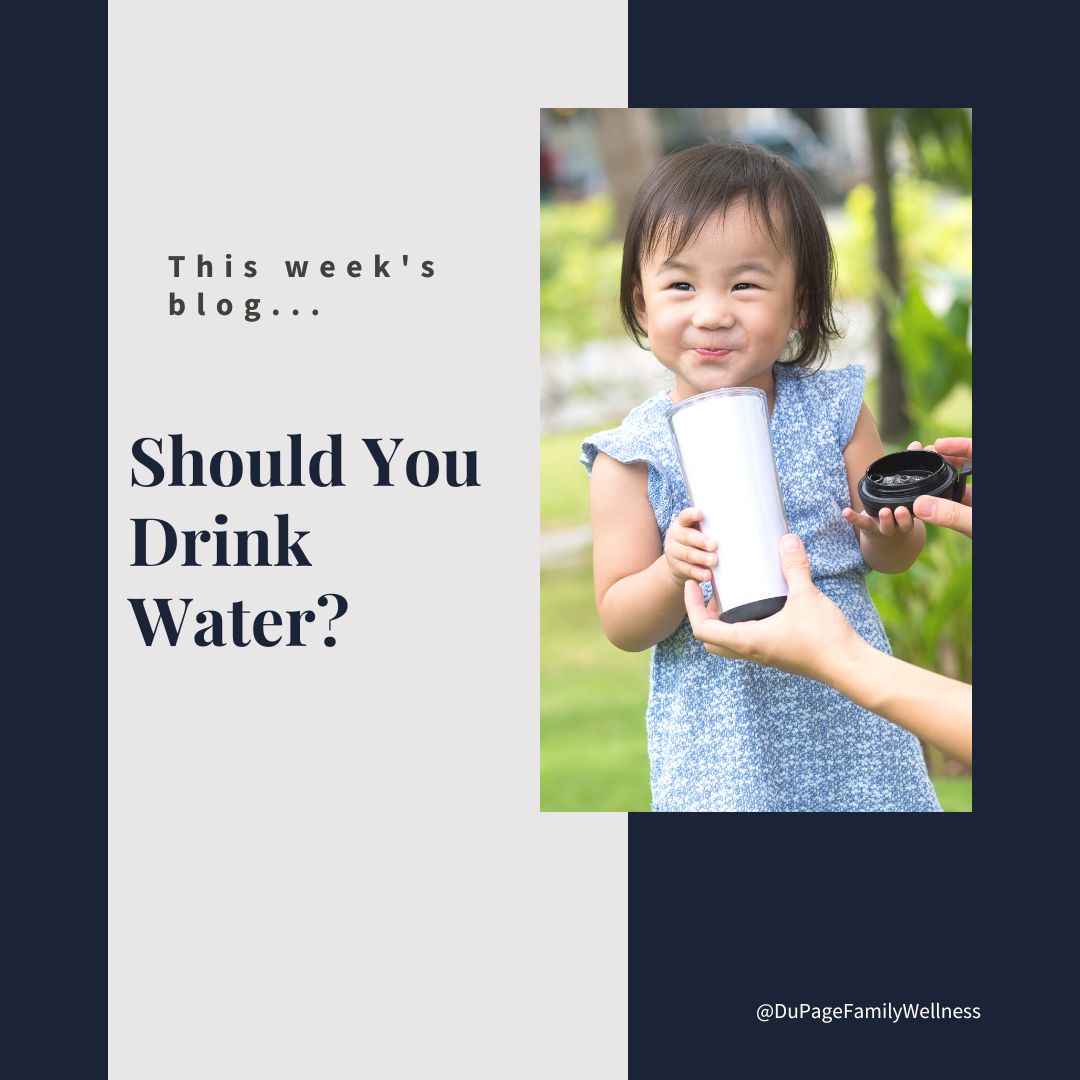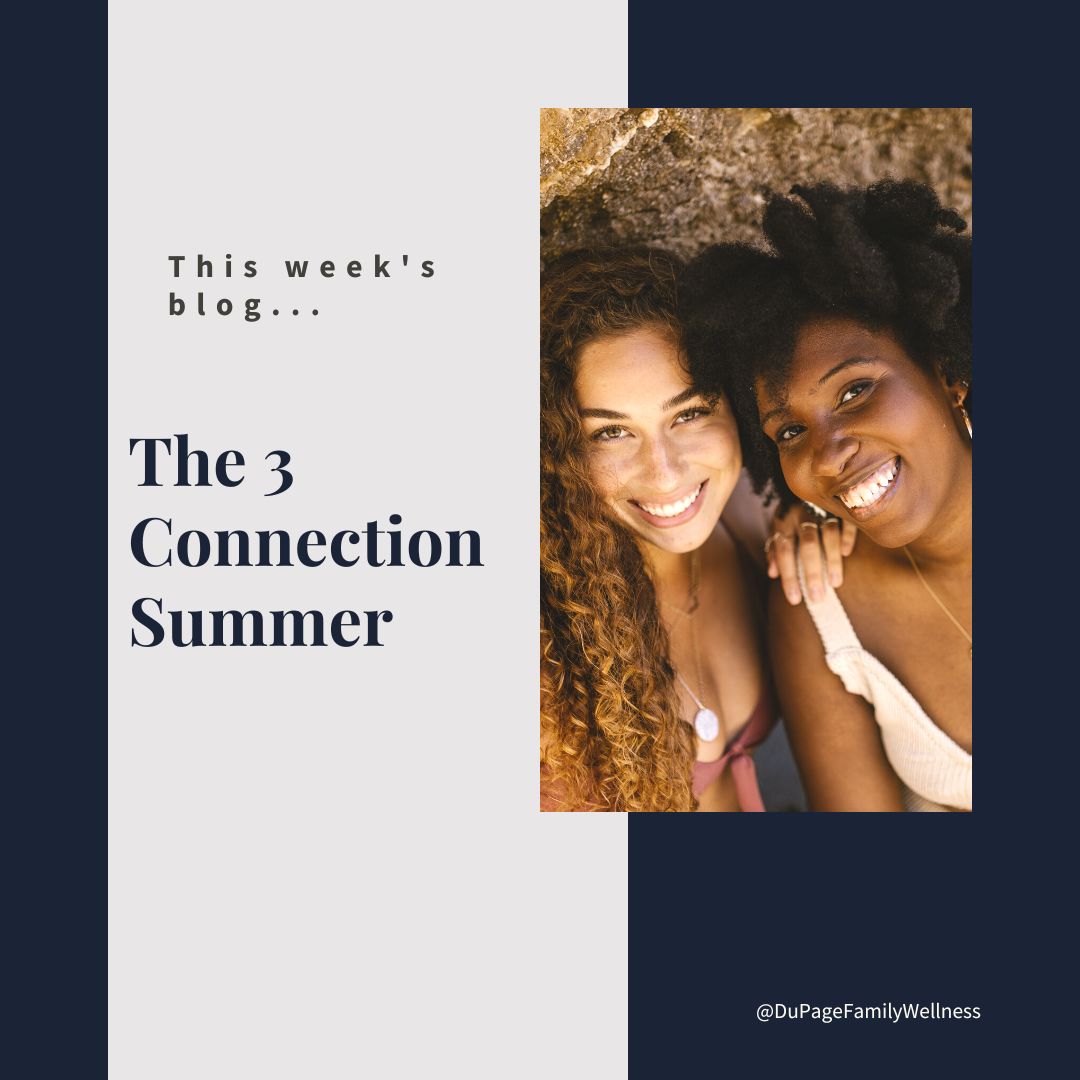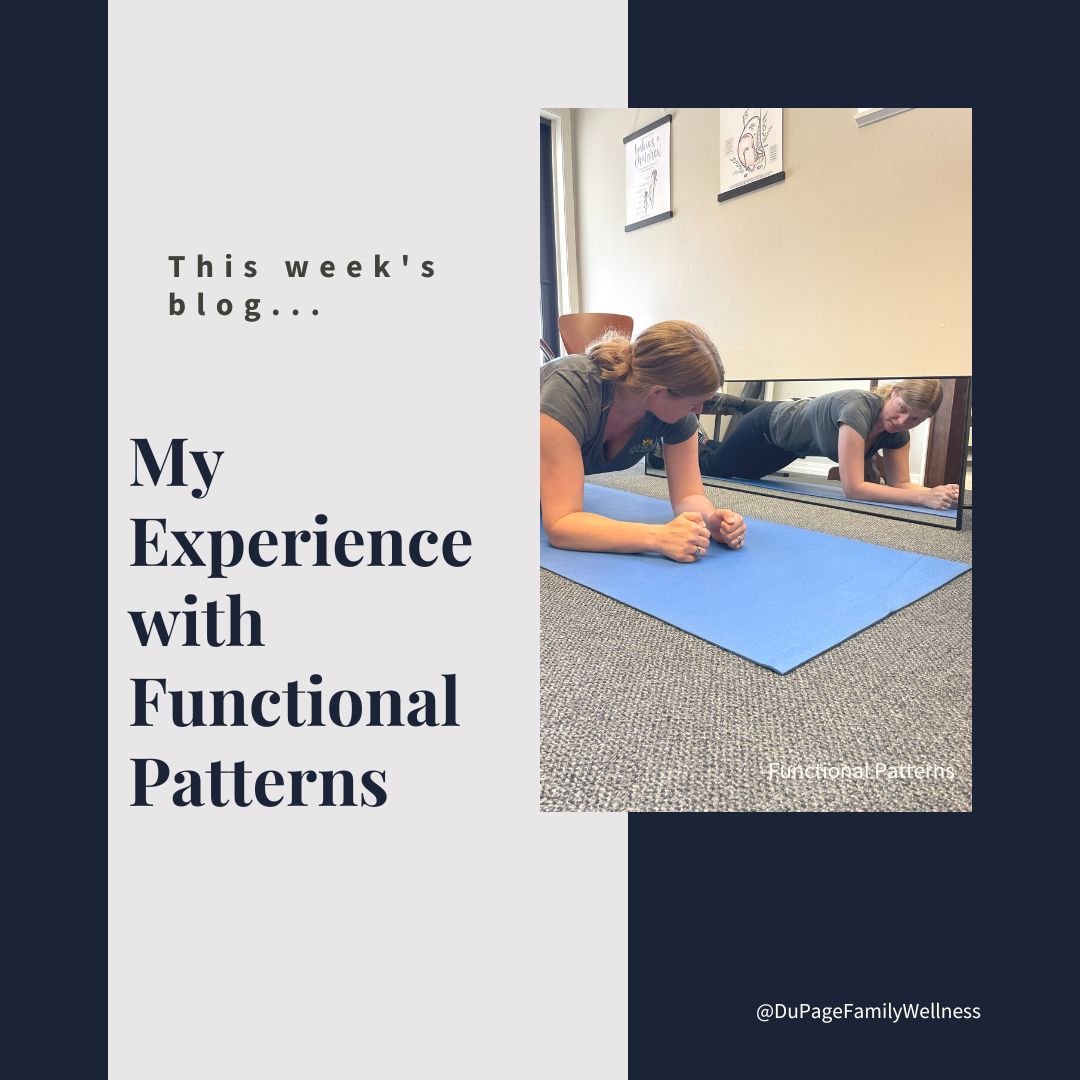 Many of us grew up on sugar cereal, mac-n-cheese, fish sticks, and chicken nuggets. They were our favorite foods, but have you ever looked at the ingredient lists? If not, take a look, you may be surprised.
Many of us grew up on sugar cereal, mac-n-cheese, fish sticks, and chicken nuggets. They were our favorite foods, but have you ever looked at the ingredient lists? If not, take a look, you may be surprised.
Now that I know what goes into these foods, I question whether we can even call them food. They are more of a food-like substance made up largely of fillers and preservatives. So, are you eating food or a food-like substance?
When you focus on putting good nutrient-dense real food into your body, you will begin to feel the difference. You might be surprised that things you didn’t even realize were bothering you begin to change.
Let’s talk about REAL FOOD today, so you can feel great and make the best choices for your body.
What is Real Food?
Anything that is made in nature instead of a lab, things your great-grandparents would recognize as food, would be considered real foods. Quality meats, healthy fats, vegetables, nuts, and fruit are the foundation of all real food items.
If you can’t find it in nature, get it from a farmer, or grow it yourself, it probably isn’t real food. Even if you can find the original product in one of these places, there may be fillers or preservatives added in processing. It’s important to read the label to see if each ingredient on the list qualifies as real food.
What are the Benefits of Real Food
- decrease inflammation
- stabilize blood sugar
- regulate menstrual cycles
- clear skin (less acne)
- move toward your ideal weight
- increase and sustain energy (when focused on quality protein and fat)
- feeling satisfied longer
- gut healing (fewer digestive issues)
- increase positive feelings (less anxiety and depression)
How to Buy Real Food
Most real food items will be found on the perimeter of the grocery store. The packaged items in the middle of the store are generally highly processed and often contain a long list of ingredients.
When you want to buy real food, it is helpful to look for foods with just a few ingredients. For example, a popular brand of fruit snack lists over twenty ingredients on the package while strawberries only have one.
Read more ...
 Children love to play outside - digging in the mud, picking wildflowers, walking barefoot, or simply lying in the grass. As we grow up we often lose this connection with the earth and the many benefits it provides.
Children love to play outside - digging in the mud, picking wildflowers, walking barefoot, or simply lying in the grass. As we grow up we often lose this connection with the earth and the many benefits it provides.
Since many of us don’t connect with the earth as part of our daily lives, we may need to be intentional about it. The practice of grounding has gained popularity in the holistic wellness community; even attracting the attention of some researchers.
Let’s look at this ancient practice and think about how we can engage in it today!
What is Grounding
Grounding is an ancient practice of putting the body in direct contact with the earth’s soil or water. The practice is based on the belief that we can draw from the earth's energy by picking up the free electrons on the earth's surface. These electrons act as antioxidants, pairing with free radicals to neutralize them.
There is no right or wrong way to do it. As long as your body is in contact with the natural world through substances that conduct these electrons you are grounding.
How to Ground
Most people think that you have to be barefoot for grounding, but there are some things that are conductive and won’t block the electrons.
Leather, copper, natural fibers (in clothes or blankets), concrete, and even metal are conductive materials. The following are some ideas of grounding that are enjoyable.
- Swimming in a lake or ocean.
- Sitting in the grass or on a stone.
- Going on a picnic with natural fiber clothes and blankets.
- Walk barefoot along the beach.
- Play in the dirt or sand.
- Walk in the rain.
- Go barefoot to get the mail or walk around the block (if walking on concrete).
- Eat a meal on your patio without your shoes.
- Climb or hug a tree.
- Work in your garden.
- Do a grounding activity that you enjoyed as a child.
- Petting a dog if you have one.
Recently, I have made a habit of going for a barefoot walk around my yard each morning. Standing in the rain for a few seconds is also a favorite. I look forward to these routines each day. It’s so refreshing!
Read more ...
 We have been told for years that we need to drink 8 glasses of water a day. Then it became one ounce of water for every 2 lbs. of body weight. So, why don’t I drink plain water anymore?
We have been told for years that we need to drink 8 glasses of water a day. Then it became one ounce of water for every 2 lbs. of body weight. So, why don’t I drink plain water anymore?
Well, we need water, but we also need all sorts of minerals. Water filtering systems typically strip away most of these minerals. If you are drinking just plain water (especially if you have a lot of it), you can dilute the complex mineral-rich fluids in your body.
The fluids in your body aren't made up of straight H2O, so it doesn’t make sense for us to drink water without minerals in it. You need to stay hydrated, so what do you do instead?
Let’s look at why this is important and how to know if you are staying hydrated; then we can explore the best ways to hydrate your body.
The Benefits of Proper Hydration
Without water you starve every cell in your body, preventing them from working at their best. It is important for digestion, energy levels, blood volume, and your skin, but did you also know that it is important for your mind?
According to Dr. Hyman, “Water is so essential for our brains that a loss of just 1-2% can significantly impact our cognitive function, making it harder to focus, concentrate, make decisions, or even connect with others.”
Prioritizing your hydration will help your body and mind function more effectively. With these tricks you can get a handle on your body's hydration. But first, let's check to see what your body is telling you about your hydration.
How Do I know if I'm properly Hydrated?
There are a few signs you can look for in your urine to see if you are properly hydrated. Of course, there are many factors to consider (pregnancy, prostate size, etc.), but these are general rules of thumb.
- Color - the color of your urine should be not too light, but not too dark either. If you have super light almost clear pee, you are likely drinking way too much plain water.
- Frequency - once you start hydrating better you often actually need to use the bathroom much less. Four to five trips to the bathroom per day can be pretty standard.
- Timing - waking up at night to use the bathroom can be a sign that something with your hydration might be off.
Adrenal Cocktails
I started utilizing Adrenal Cocktails to help my body stay hydrated without diluting my minerals. These cocktails are mineral-rich drinks that focus on supporting sodium and potassium levels. It also contains Vitamin C which helps in the utilization of these vitamins and provides bio-available copper.
Read more ...
 There are three connections that I hope you cultivate in your life. Each of them clearly impacts your mental health, but you may be surprised to learn that they impact your physical health as well.
There are three connections that I hope you cultivate in your life. Each of them clearly impacts your mental health, but you may be surprised to learn that they impact your physical health as well.
Connecting with others, connecting with yourself, and connecting with nature will increase your enjoyment of life. Once you see how they make you feel, you may choose to commit to them throughout your life.
It doesn’t have to take a lot of time, but it will take some intention. Encouraging the people you love most to commit to making these connections will help all of you reap the benefits.
Connecting with Others
There are many things people know they must do if they want to be healthy: eat well, get adequate movement, refrain from smoking, and limit alcohol. But now we can add “enjoying social connections” to our list of healthy habits!
Author and researcher Brene Brown defines connection “as the energy that exists between people when they feel seen, heard, and valued; when they can give and receive without judgment; and when they derive sustenance and strength from the relationship.”
The American Association for the Advancement of Science published a study that found “a lack of social connection is a greater detriment to health than obesity, smoking, and high blood pressure.” It is linked to obesity levels, inflammation, and hypertension. But positive connections improve your immune system and lead to a 50% increased chance of longevity.
Ways to increase your chance for good connections...
- Make time for important people in your life.
- Invite friends to hang out with you on your patio.
- Go for a walk with a loved one.
- Show your affection through physical touch.
- Make room for laughter.
- Call a family member.
- Text an old friend.
- Go to the pool with someone fun.
- Do a favorite activity together (bowling, shopping, golfing, an escape room, etc.)
- Join a book club or sports team (pickleball, softball, volleyball, etc.)
- Be intentional about connecting around the dinner table a few times a week.
- Hang out in the evening with those you live with.
- Put your cell phone away when you are connecting with others in person. (Research has found that the presence of a cell phone interferes with connection.)
Connecting with Yourself
It is extremely powerful to connect with yourself. Part of this is slowing down enough to notice what is going on internally.
When you slow down, you may feel happiness, peace, excitement, or other more difficult emotions. It is important to accept these emotions without judgment or an attempt to change them.
Read more ...
 Do you ever find something on social media that you just have to share? It might be a funny meme, sentimental story, or information that reminds you of someone specific.
Do you ever find something on social media that you just have to share? It might be a funny meme, sentimental story, or information that reminds you of someone specific.
Well, a couple of months ago I discovered “Functional Patterns” on Instagram and was immediately intrigued. The leaders of this movement believed many of the same things I do about sleep, nutrition, nature, sun exposure, etc.
As I looked into their perspective on movement, I knew I had to learn more. Everything they said made so much sense. I couldn't stop looking at before and after videos of pictures of different people on their page. I signed up for their 10-week online program and began to work with a trainer. I have already begun to see changes in the way my body feels and moves.
Sharing this program on social media just isn’t enough. I want all of my contacts to hear about it. Let me share a little about it today and encourage you to check it out for yourself.
What is Functional Patterns?
The framework of Functional Patterns was established by Naudi Aguilar in 2009. It is based on the premise that every living animal evolved to have specific patterns of movement.
Fish use their muscles in a side-to-side manner as they glide through the water. A bird's wings move up and down to soar through the air. Each species has very different movement patterns that evolution has given them.
As humans, our main movement patterns are standing, walking, running, and throwing. These motions are at the core of how we move as humans and are crucial for our survival. Through functional pattern exercises our body learns to do these basic movements properly.
How is it Different?
Functional Patterns focuses on the body working as a system. It realizes that strengthening specific muscles outside of full movement exercises can lead to imbalances in the body which can cause harm. It uses human's main movement patterns because if you learn how to execute them it will impact every movement you do.
It begins with myofascial release, causing your body to hydrate the muscles and lose excess tension. Next full-body movements begin to strengthen and stretch muscles in a balanced way. You will quickly begin to notice less pain, more agility, better posture, and a leaner physique.
For me, when I go to a training session with my trainer Tyler, it is not only a physical workout but a mental workout. I am slowly learning to reprogram the way my body moves- my bad movement habits if you will, in order to form better habits that will eventually decompress and balance my spine, rib cage, and frame.
Read more ...
 Many of us grew up on sugar cereal, mac-n-cheese, fish sticks, and chicken nuggets. They were our favorite foods, but have you ever looked at the ingredient lists? If not, take a look, you may be surprised.
Many of us grew up on sugar cereal, mac-n-cheese, fish sticks, and chicken nuggets. They were our favorite foods, but have you ever looked at the ingredient lists? If not, take a look, you may be surprised. 

 Children love to play outside - digging in the mud, picking wildflowers, walking barefoot, or simply lying in the grass. As we grow up we often lose this connection with the earth and the many benefits it provides.
Children love to play outside - digging in the mud, picking wildflowers, walking barefoot, or simply lying in the grass. As we grow up we often lose this connection with the earth and the many benefits it provides.  We have been told for years that we need to drink 8 glasses of water a day. Then it became one ounce of water for every 2 lbs. of body weight. So, why don’t I drink plain water anymore?
We have been told for years that we need to drink 8 glasses of water a day. Then it became one ounce of water for every 2 lbs. of body weight. So, why don’t I drink plain water anymore?  There are three connections that I hope you cultivate in your life. Each of them clearly impacts your mental health, but you may be surprised to learn that they impact your physical health as well.
There are three connections that I hope you cultivate in your life. Each of them clearly impacts your mental health, but you may be surprised to learn that they impact your physical health as well.  Do you ever find something on social media that you just have to share? It might be a funny meme, sentimental story, or information that reminds you of someone specific.
Do you ever find something on social media that you just have to share? It might be a funny meme, sentimental story, or information that reminds you of someone specific. 